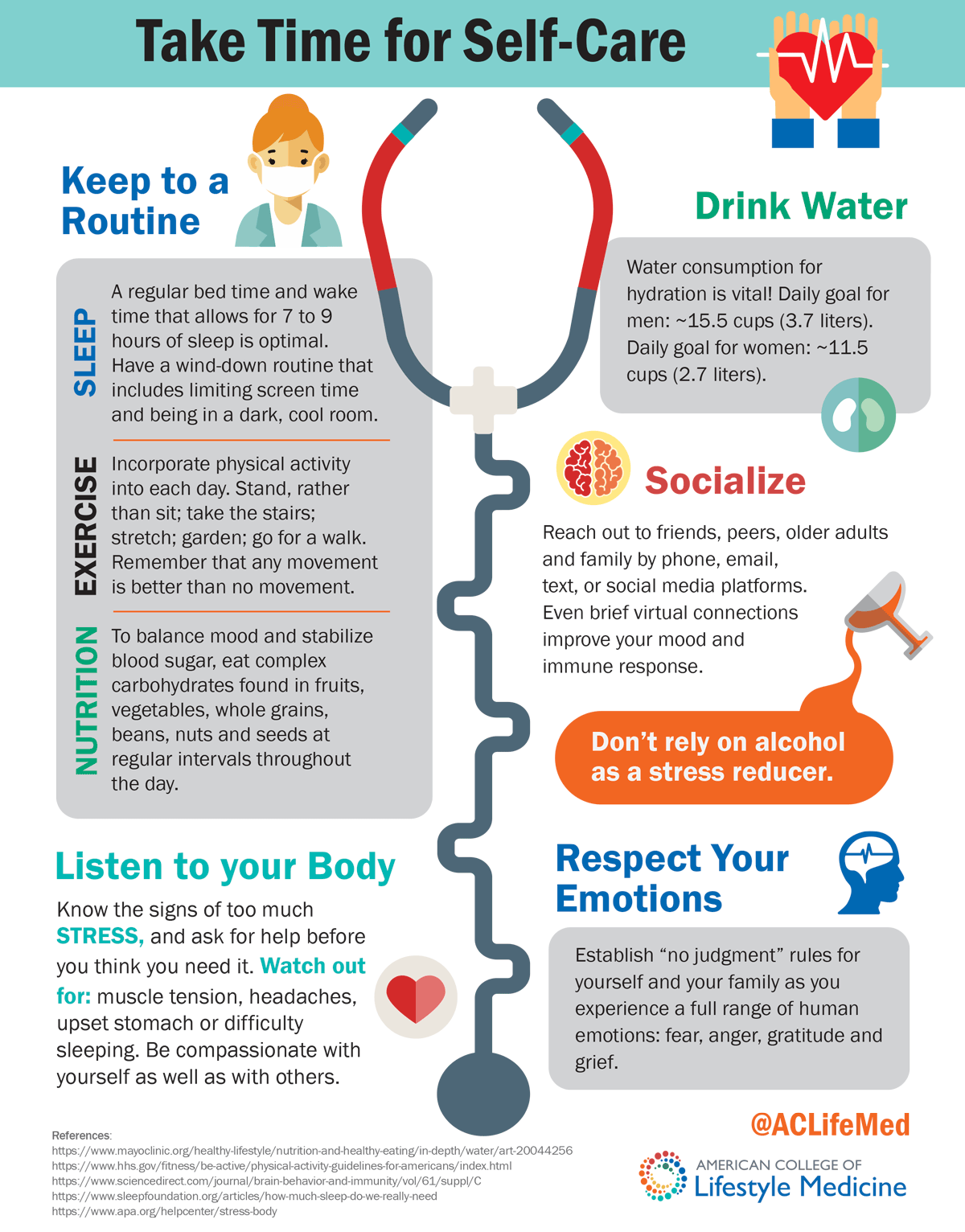By Claire Fleming Sivongsay
Onsite Well-being Program Manager, HealthPartners
I consider my working situation during the COVID-19 pandemic as low stress: I’m working from home with no added responsibilities of caring for loved ones or children (besides a giant black lab). Working in health promotion for a large healthcare system, my focus has turned toward the health and well-being of the employees, the majority of whom are still working onsite in clinics and hospitals. These colleagues are working long hours without breaks, in sometimes traumatic situations. I’m also supporting colleagues who have been sent home to work on desk set-ups that are most definitely not ergonomically sound, while teaching their kid fourth grade at the same time.
However, even though I am grateful for my situation, I can still feel the intense, tumultuous energy of living and working through a pandemic. Our work in public health feels more important than ever, and even harder to step away from. Hours blurs together into one big day/night/workday/weekend. Maintaining work/life balance is…hard.
In public health, we are constantly thinking about the health and well-being of others. However, unless we remember to “put on our own oxygen masks first,” it will be impossible to serve the public in meaningful ways without burning ourselves out. Creating boundaries around our “work” and “life” spheres—and protecting those boundaries—allows us space to ensure we are meeting our own needs in order to continue to show up for others.
Here are some things I’ve found helpful in maintaining those boundaries:
- If you’re working from home, stick to a regular schedule. Setting dedicated work hours will help you relax during your downtime. Discuss the schedule with others, not just your supervisor and colleagues but family and friends as well. It will set everyone’s expectations around when you do and don’t work—including your own.
- Create a morning routine to establish a sense of normalcy. It can be as easy as shower, teeth, coffee, eggs. Knowing what will happen next, even for one hour, is very comforting when other things around you feel uncertain or chaotic.
- Take breaks, if you can, at home and at work. Go outside, read a book, listen to a meditation. Even ten minutes can help restore vital energy and focus. One perk of working from home is the ability to step away to stretch or put your legs up the wall for a few minutes without anyone seeing. If you’re working onsite, download a free meditation app like Headspace or Insight Timer, which provide special content for COVID-19-related stress and anxiety.
- Create a ritual around the end of your workday as well. Give yourself something to look forward to each day when work is over.
- If you’re working from home, put a physical stop to your workday: close your computer, put your work in a drawer, change your clothes, leave the room and close the door.
- If you’re working onsite, find a moment of calm and self-care before you switch into home mode. Run through this checklist: 1. Acknowledge one thing that was difficult today, and then let it go. 2. Be proud of the work you did today. 3. Think of three things that went well today. 4. Check in with your colleagues, are they doing OK? 4. Check in with yourself—what support do you need?
- Add an activity you enjoy: go for a run, walk the dog, take a virtual yoga class, or find a kickboxing video on YouTube. Elizabeth Gilbert has a great, 5-minute activity for grounding in the present moment, rather than spinning into an unknown future or ruminating on the past eight hours.
- Take it easy on yourself. When life is upended, your level of productivity may be affected—and that’s OK. It’s completely normal to feel scared, sad, angry, grateful and hopeful, sometimes all at once. Remember to give yourself and others grace as we all make our way through this together.



